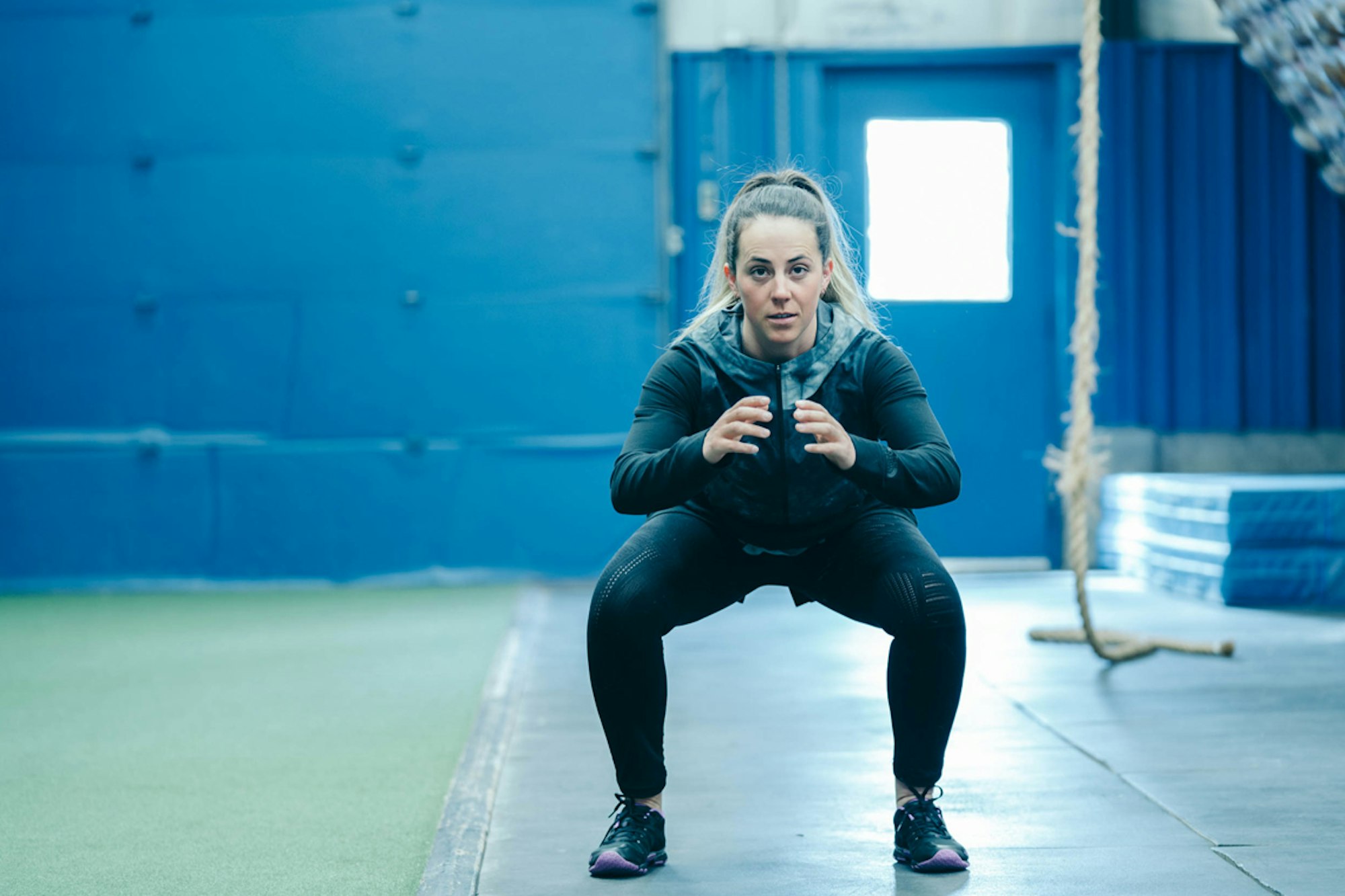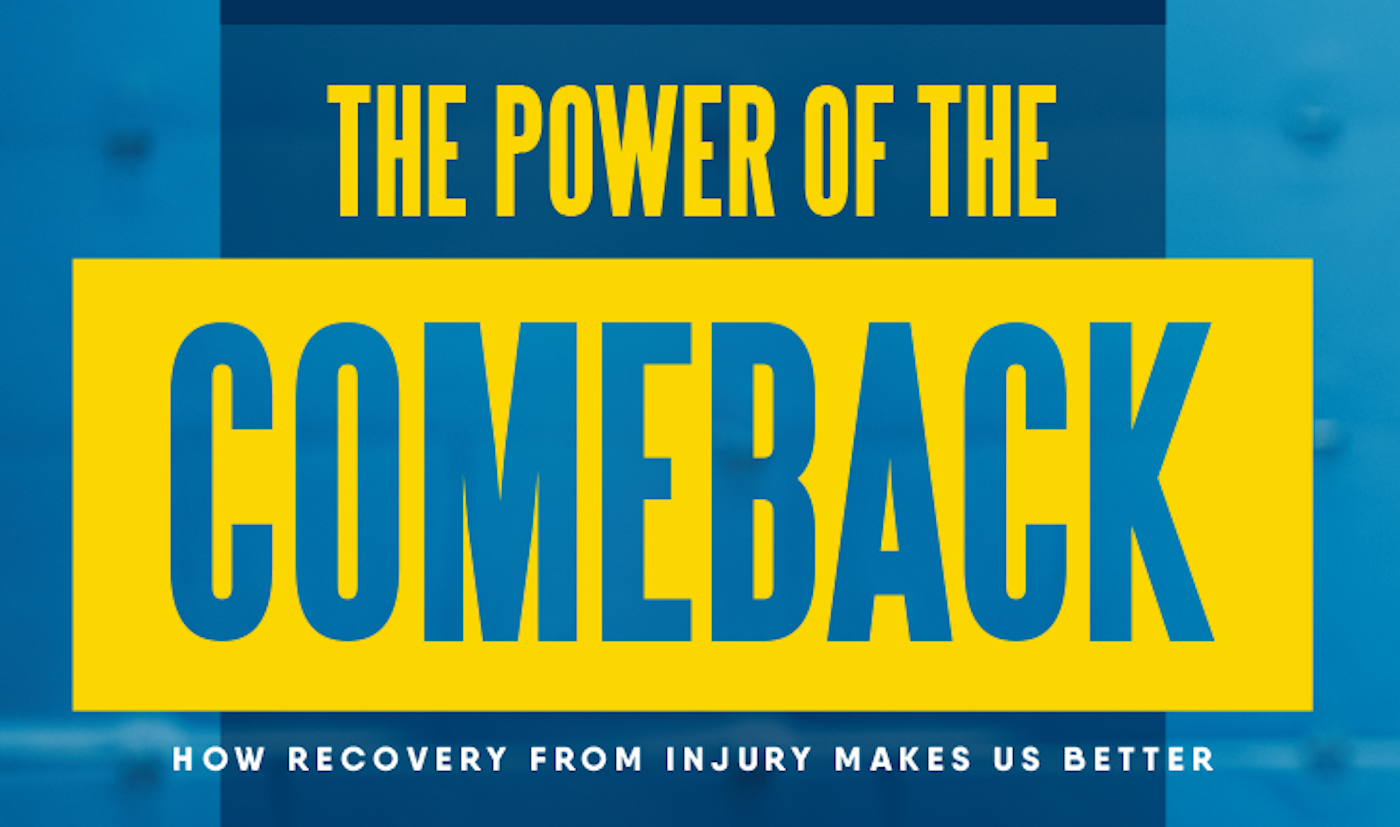
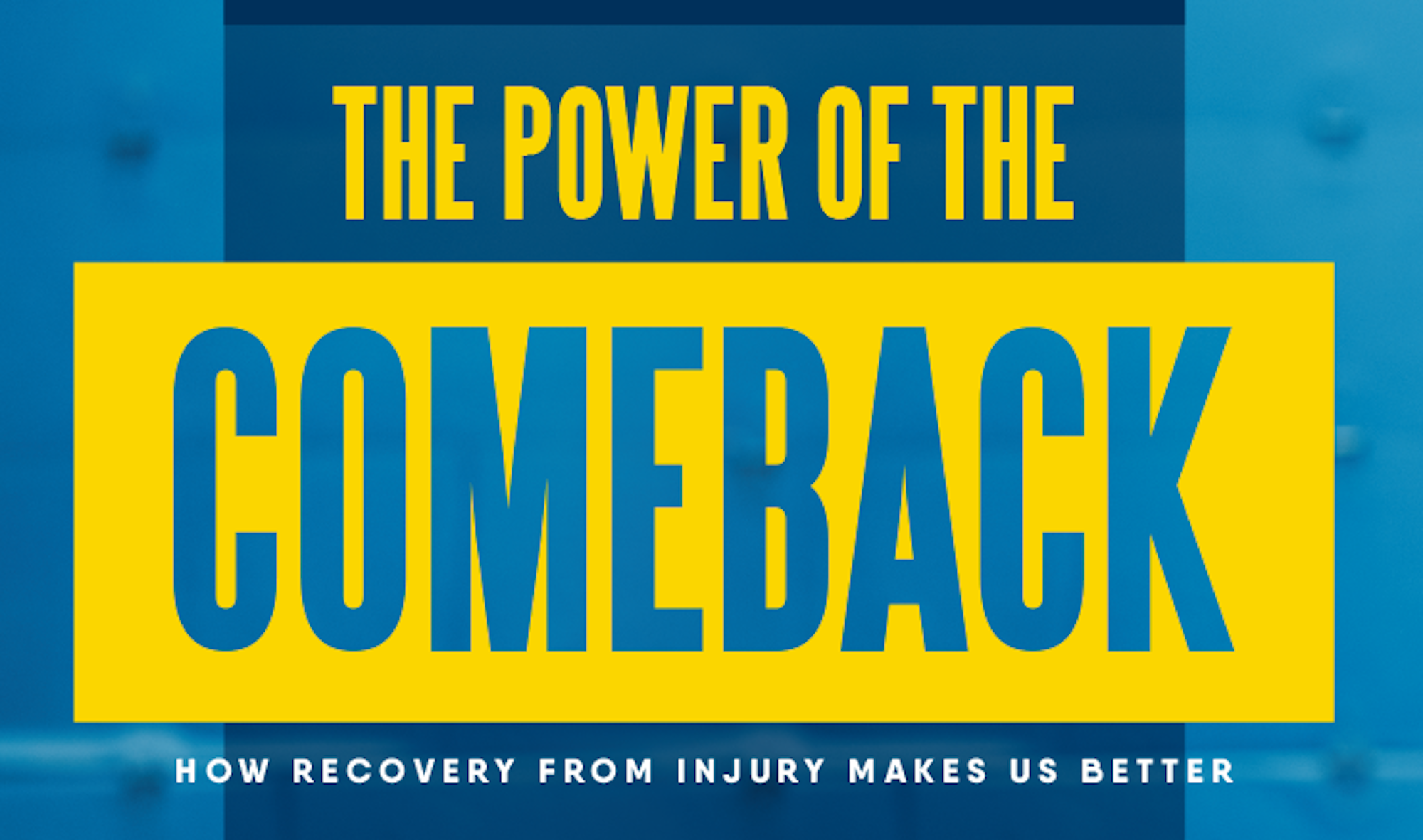
EVERY ONCE IN A WHILE a skier you follow on Instagram or Snapchat goes dark. Nothing—no posts, not for months. Your daily source of inspiration has gone missing, and what remains is, first, enduring curiosity, and then worry. Where is Tom Wallisch? Is he ok? It is likely that your virtual pal, the skier who happily shares details of his life for your enjoyment, has gotten injured. Now you eagerly wait for “the comeback.”
Like pro skiers Angel Collinson, Michelle Parker and Tatum Monod during the last year, there are many other top-level athletes who generously post regular updates chronicling their long road to recovery, including annotated footage of their doctor visits, surgeries, personal challenges, physical therapy and return to the slopes. Others keep the arduous journey to themselves. Olympic gold medalist and world champion ski racer, Lindsey Vonn, and snowboarding icon, Shaun White, have made wonderful documentaries about their comebacks. Vonn suffered through two ACL tears (the second happening right after recovering from the first) to win a World Cup competition and the White recovered from an ankle injury to qualify for the 2014 Olympics, in Sochi. Wallisch, alternatively, was unable to qualify for the Sochi Games because his own ACL was torn. Not every injury leads to a great comeback story. However, injury-recovery narratives, such as those shared by skiing legends like Candide Thovex, Tanner Hall and the late Shane McConkey, can provide just the inspiration an injured skier needs to forge on. Many skiers never return to sport or to the same level of performance after a bad injury, even when “full” recovery is achievable. Mental as well as physical recovery can be immensely challenging. But what if the rewards for coming back were much greater than most people think? What if getting injured could offer a special opportunity for achieving performance competence not otherwise possible?
BY LOOKING to a number of world class athletes for insight, sharing my own experience and also drawing upon neuroscientific research on sports training and recovery, I hope to shed light on the power of the comeback. Coming back stronger than ever is the best goal for recovery—for transforming misfortune into possibility and success. The pro skiers I interviewed on the subject not only have much wisdom to share with skiers at all levels, but their experiences also support the neuroscientific theory that skilled athletes—in fact, the more skilled, the greater the potential—will benefit from their recoveries in ways both specific to and beyond a given injury with regard to neural processing (how cells within the nervous system, called neurons, transmit information to other cells such as in muscles or organs) and the mind-body networking it facilitates.
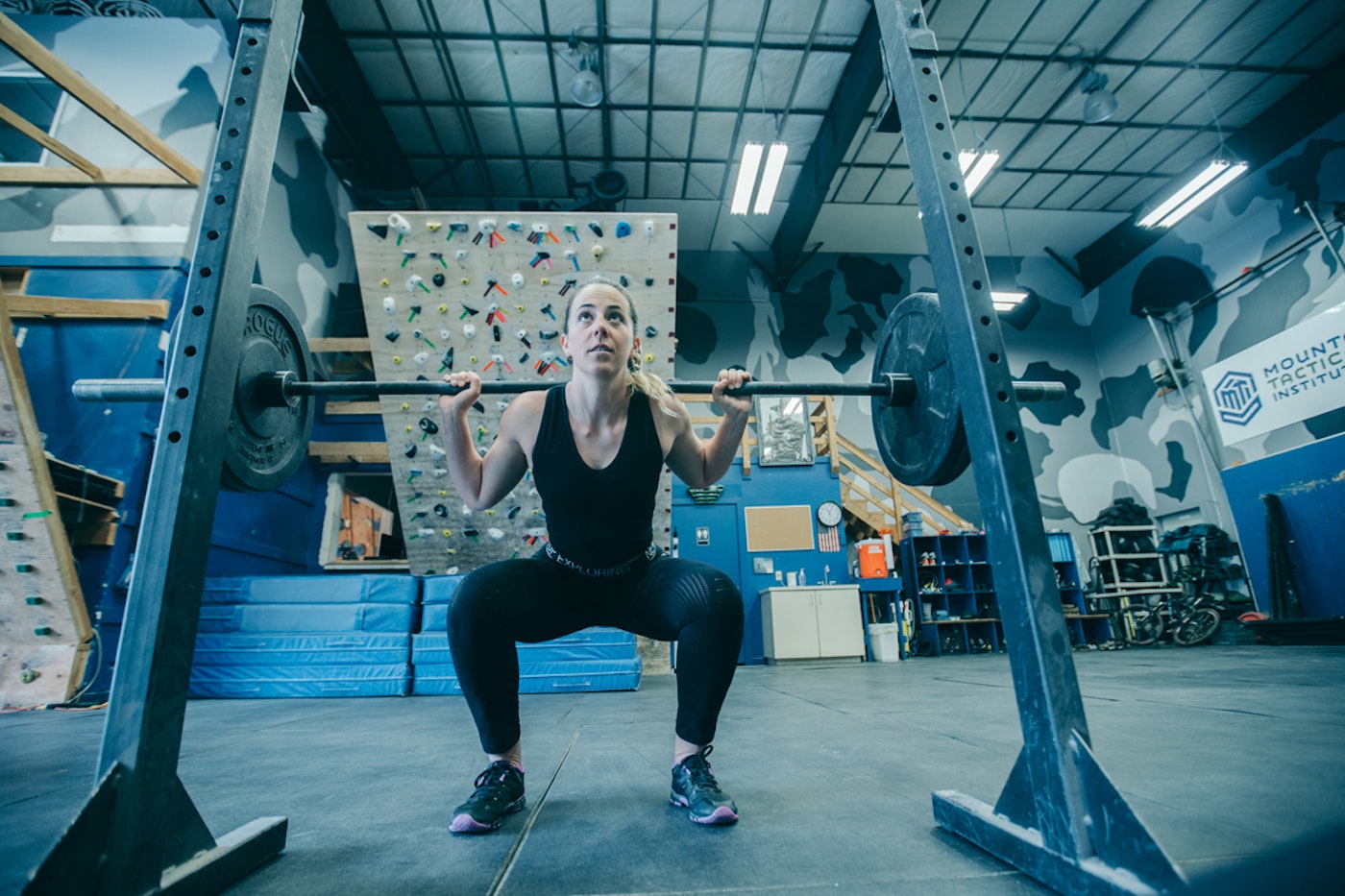
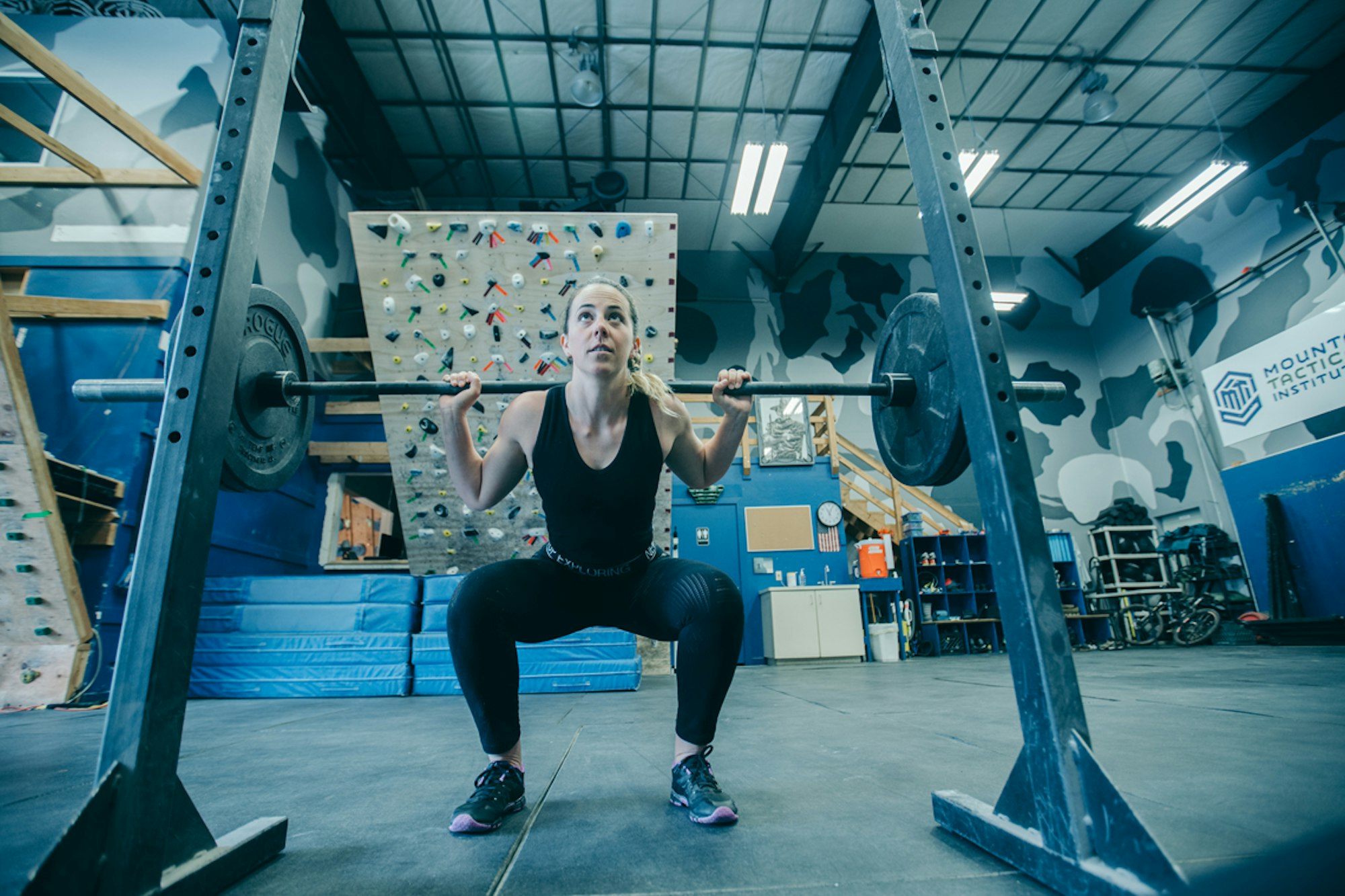
Skiers dealing with injury must cope with pressure from fans, sponsors, family and employers; the time it takes for the body to heal; the determination and patience it takes to build the body and mind back up; the fear of re-injury and loss of confidence that often result from injury; and, perhaps worst of all, the depression one can experience during the lengthy recovery process. Watching fresh pow canvas the mountains while struggling with each step to learn how to walk again is enough to drive any skier crazy. Twenty-five-year-old Sean Pettit, one of the most celebrated and accomplished freeskiers living today, has suffered serious ankle and knee injuries; he explains, “People are usually unaware of just how complex walking is until you have to relearn how to do it.” Now, extend that struggle to skiing, to all the technical brilliance one must re-activate to ski everything from steep runs to moguls to the park, much less carve groomers, and you arrive at what can be a harrowing enterprise—an undertaking for which it is better to prepare in advance, and there’s no better way to do this than to practice through both repetition and variation, by skiing as much as possible and in diverse conditions.
Longstanding research in occupational psychology and sports kinesiology has shown that the best way to improve at performing a task is to repeat the task over and over again, and this is how skill is achieved. This is called the “power law of practice.” Research over the last few decades, however, such as by Tim Lee of McMaster University, Charles Shea of Texas A&M University and Maria Korman of the University of Haifa, has shown that random, as opposed to scheduled, variation in both conditions (such as performing the same trick on jumps of different angles and sizes) and time (varying intervals between repetitions) in which the task is performed produce faster and more significant gains in expertise. Winner of Best North American Male Performance at the 2012 International Freeski Film Festival (iF3) and silver medalist in the 2015 edition of X Games Real Ski Backcountry, Parker White, 26, corroborates the relative values of repetition and variation, talking about learning tricks in the park at Mammoth: “We used to go and probably hit over 100 jumps in just one day of skiing, and I did that for years and years, just about every day. You do it enough times, you get comfortable in the air. It just comes with repetition, doing something over and over and then, all of a sudden, you just have a feel for it.” Tom Wallisch, 30, gold medalist in the X Games, Dumont Cup and Dew Tour for slopestyle and two-time FREESKIER Skier of the Year, shares Parker’s perspective: “Doing the same trick over and over again and perfecting each kind of maneuver – rail trick, flip, jump – whatever it might be, until it feels second nature, makes adding another 180 to it or a new grab also second nature, such that at worst case you’re going to miss the grab, but you’re not going to fall. The idea of it all, for me, has been it’s just a matter of time and a matter of repetition.” Compressing the similar value of learning to ski various kinds of terrain, such as moguls, trees and powder, into a more discrete, goal-oriented, space-time sequence, adding new parts to tricks is one of the most productive ways to vary performance. This is because the building-block progression compounds exponentially our retention, reinforcing neural structures and accelerating neural processing power vis-à-vis more complex demands. As a result, the developmental progression works to improve our ability to adapt to unexpected circumstances.
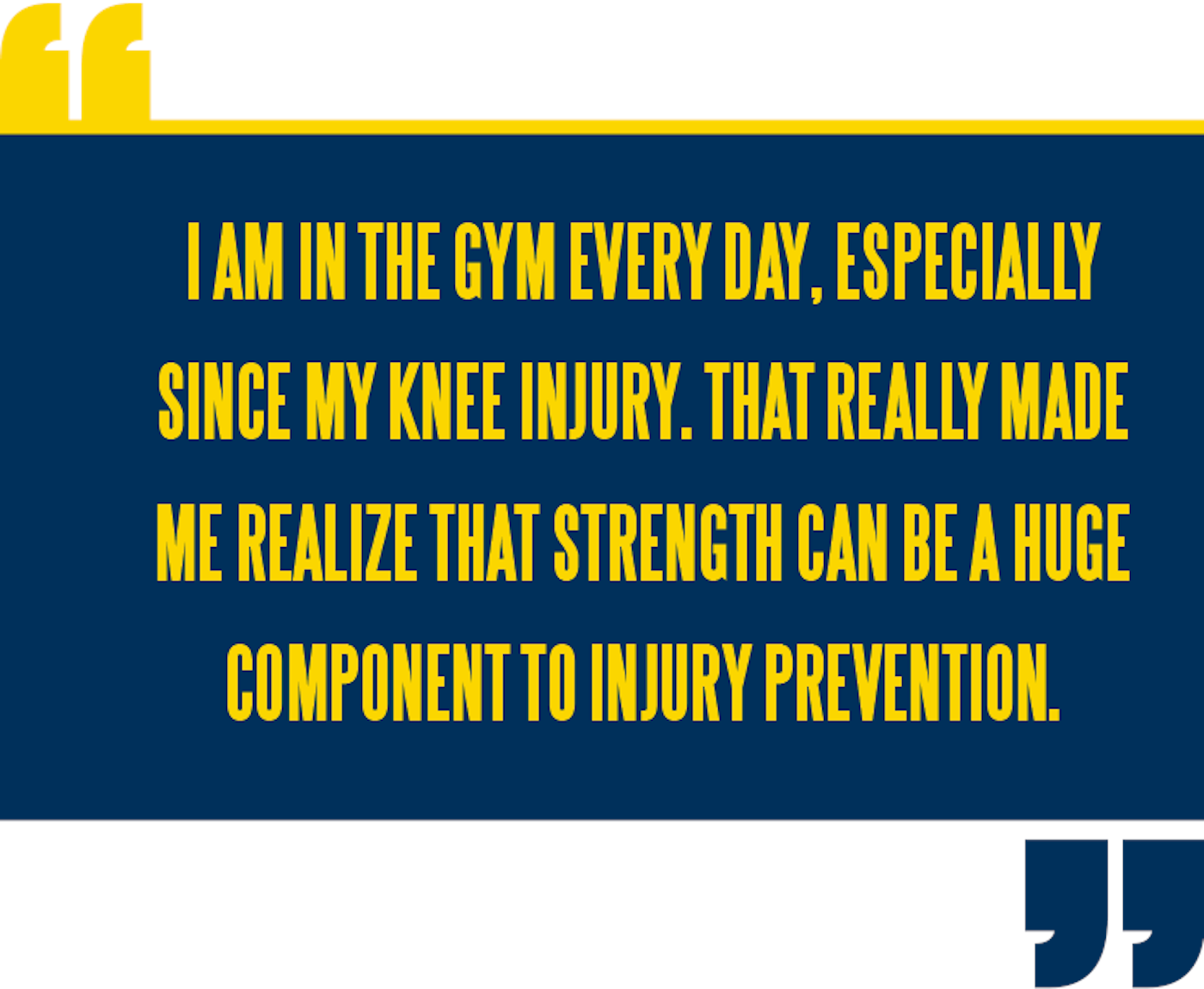
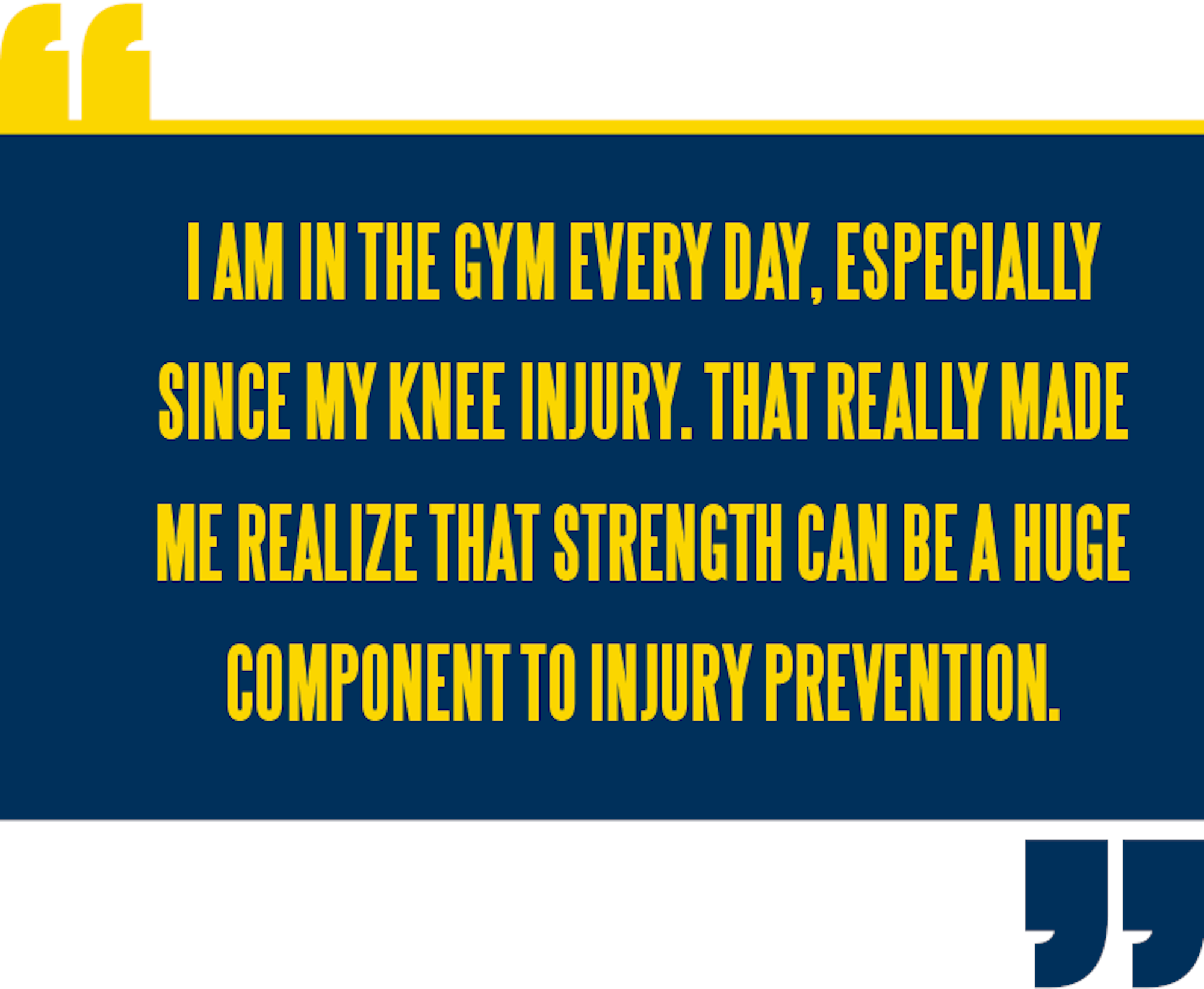
Building off the research on learning specific tasks, Daniel Braun, professor of cognitive neuroscience and engineering at the University of Cambridge, has shown that developing skills in diverse conditions, as when skiing various kinds of terrain, generalizes our capacity to learn skills at performing different tasks; that is, our brains become better equipped to adapt to and excel in new task-learning-performance environments. Legendary skier Ingrid Backstrom, 39, who was named one of fifty most influential action sports athletes in 2013 by ESPN, speaks to skill generalization when talking about the benefits of training indoors with roller skis, airing off of jumps into a foam pit: “Training your brain, you say to yourself, ‘Okay, I did [that trick]. Now, how am I going to wrap my head around doing this next one?’ Standing on the top of that ramp and dropping in is terrifying, but it’s a skill that you’re building up that’s going to translate to whether or not you’re going to do the same trick [on snow]. You’re building the ability to stand at the top of something, stay calm and focused, drop in and keep it together.” The generalization Backstrom describes, it turns out, is crucial to understanding the special mind-body advances comeback from injury affords.
For many people who suffer their first serious injury—measured by depth of surprise, intense pain, debilitation and need for surgery—it’s typically a game changer. This newfound awareness of one’s vulnerability either causes people to cower and retreat from danger or push harder, becoming more aware of their bodies, more committed to training, getting stronger and progressing in the new game in which they find themselves. Michelle Parker, 30, the star of dozens of ski films, recalls how her first injury, and each subsequent injury (another two ACL repairs, meniscus, medial patellofemoral, other ligaments, cartilage damage), has impacted her career and defined her person: “My first injury was just my ACL and I want to say I was eighteen years old. I walked away from it thinking, ‘Okay, I need to learn how to treat my body right; I need to eat healthy, I need to go to a gym.’ Before that, I had this feeling of being invincible and I didn’t have fear. The ACL was, in retrospect, super easy [to recover from] compared to my other injuries. So, from the ACL I came back much stronger. I learned how to treat my body in a physical sense, to workout, to train, how to come back from an injury.” One might say that it is easier to come back the younger we are, and this is true since we are more resilient in terms of physical recovery and neural plasticity. Yet the comprehensive benefits to coming back only increase as we get older, since our neural landscape must reconfigure, learn, explore and expand to accommodate the changes in the body it controls.
After getting pumped up for surgery following confirmation of my torn hamstring, I was taken aback when my insurance company said that I didn’t need to repair the muscle—that it was not essential to my occupation. Two surgeons supported this view, saying that at my age the recovery from surgery is riskier, in terms of post-surgery reinjury, than getting on without that big ol’ muscle behind the thigh, which would atrophy and die if not made functional through reattachment. I had an HMO. With my window for successful surgery closing because the muscle was shrinking, I sought the help of a lawyer. The insurance company complied under pressure, but would only hire a surgeon of their choice, and not any of the more expensive experts in hamstring surgery I requested. In a pinch, I went with their guy, though he had only performed five such surgeries before. Yet the thought of not returning to sports was overwhelming. It was a lesson in the importance of understanding health insurance policies with respect to injury diagnosis, treatment and recovery. Surely you will agree, we should never compromise, at any age, when our bodily integrity and passions in life are at stake.
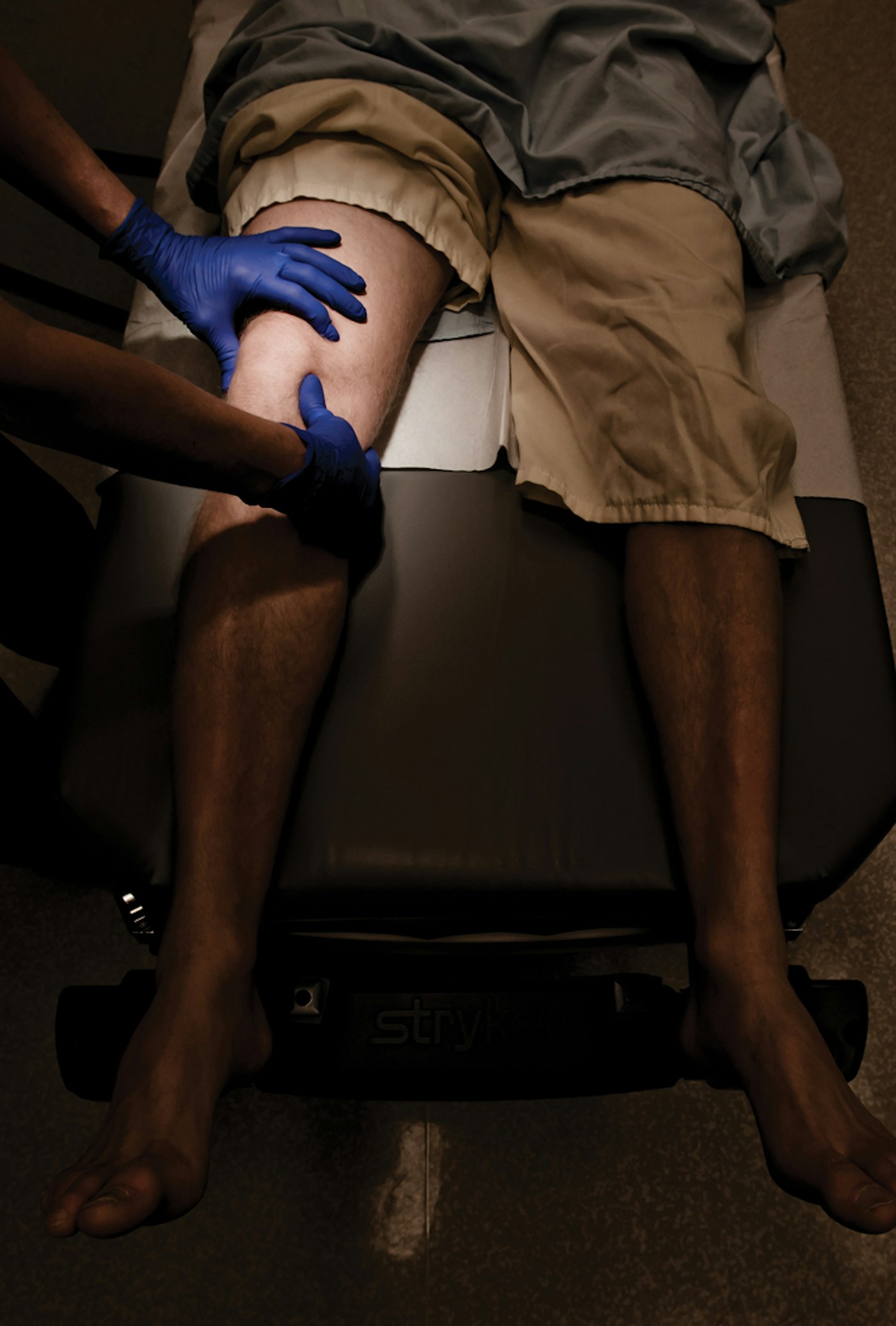
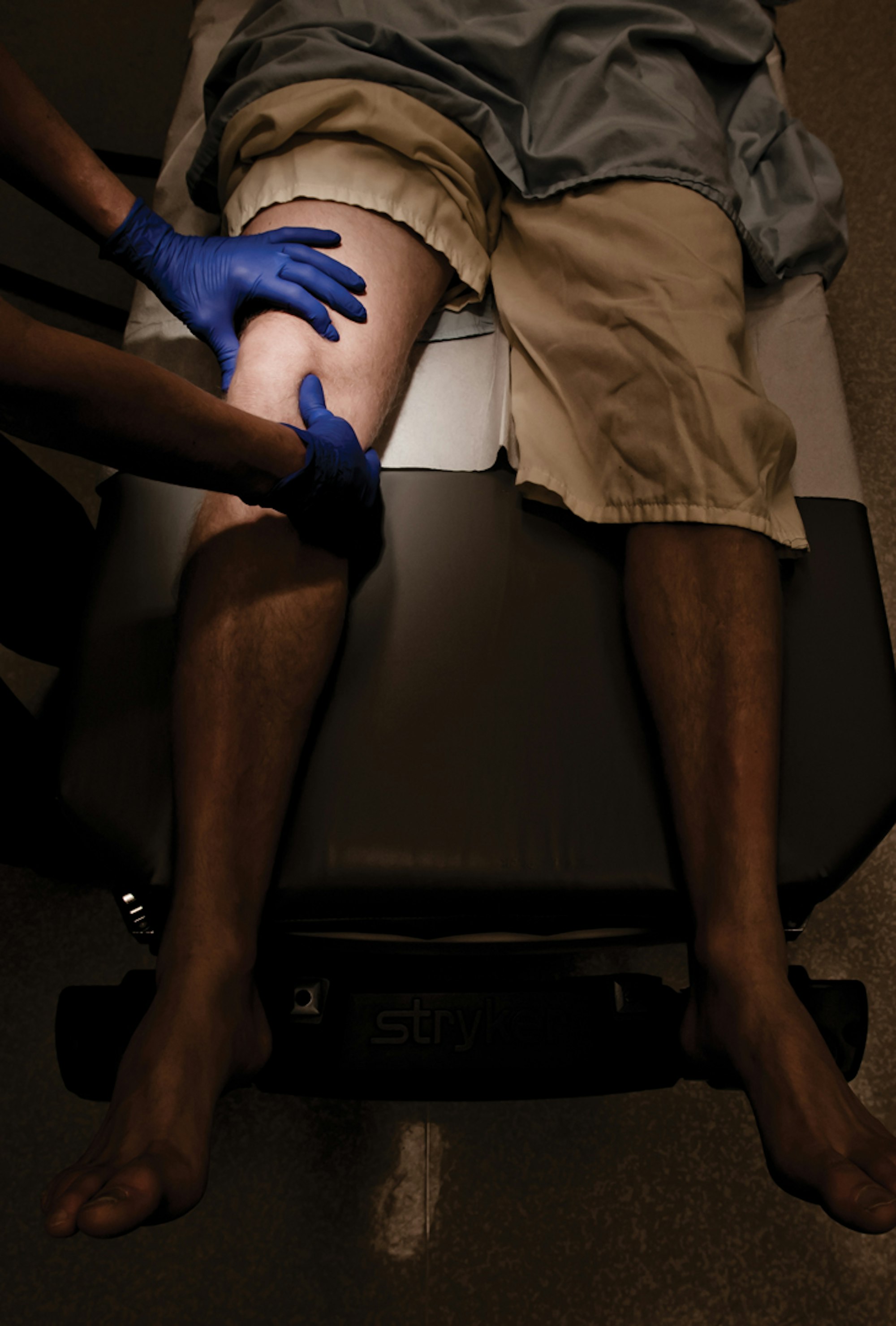
Family and friends might be just as essential as reliable health insurance. As Michelle Parker, Maude Raymond and Ingrid Backstrom all emphasized in my conversations with them, most important in life are the people we love and the passions that fuel us, and these should complement each other. Raymond, 30, who was FREESKIER’s 2013 Female Skier of the Year, has endured more injuries, problems getting proper medical care and surgeries than she can count, including multiple operations for four ACL tears, four broken vertebrae in her back, broken shoulders and shins. She recounted how wonderful it is to have a strong support network, especially of people who have suffered similar injuries, and how this helps the injured to gain self-reliance, resilience and courage.
“When you get hurt, you get lost and with some [encouragement from others around me] it’s like, ‘Okay, I know exactly where I’m going.’ I’m striving [for something]. I’m getting healthier, and I know that’s what I want to do. You’re so focused on it. And nothing is going to stop you, because you know who you are and where you need to be.” The newly discovered self-awareness to which Raymond refers might be a byproduct of the heightened responses of our brain to our body as we progress in our recovery and eventual comeback.
According to neuroscientist James Intriligator, professor of mechanical engineering at Tufts University, at the neural level, learning is “sharpening of neural network processing.” When we learn to perform actions—whether through seeing or moving—our brain becomes “tuned” to process information in a more efficient and focused way. As information flows into the brain, for example, from the eyes, it gets processed through many layers of neurons. When we become an expert at something it is because our neurons have gotten better at filtering out noise and recognizing recurring patterns in our environment (for instance, how heat from sun exposure influences quality of snow). Repetition and subtle variations facilitate this. The same thing happens for motor behaviors. As we practice motor actions we tune-up the motor system to perform these actions in a more automated and faster way. Repetition with variation helps us to recognize differences and similarities and adapt quickly to new circumstances. Once we have mastered a complex motor sequence, we rely on these rapid and automated (“second nature”) neural landscapes to perform actions nearly effortlessly. This suggests that there might be limits to the benefits of variation, especially if options for variation are limited. As Intriligator puts it, “Imagine a finely tuned neural landscape where information flows down deeply ingrained pathways. This is the expert-mind. Typically, once the pathways are laid down, extensive practice is no longer required: everything becomes automated.” While this allows for rapid processing and action, it also has costs. Often routines become so deeply mapped that they are ready to process and act automatically out of habit – and this means that variations are no longer possible. In effect, novel situations may get mis-perceived or responded-to in an inappropriate way.
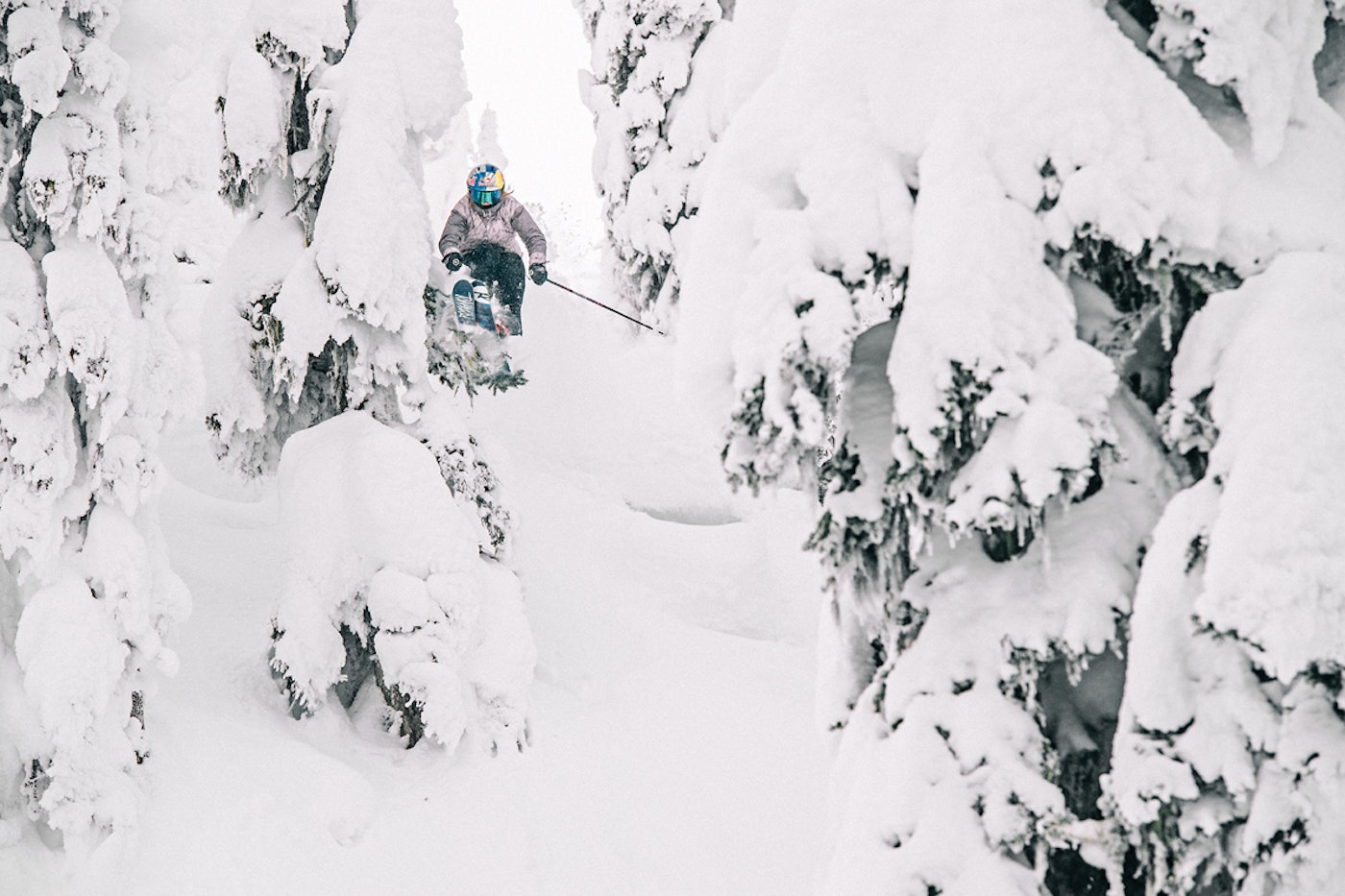
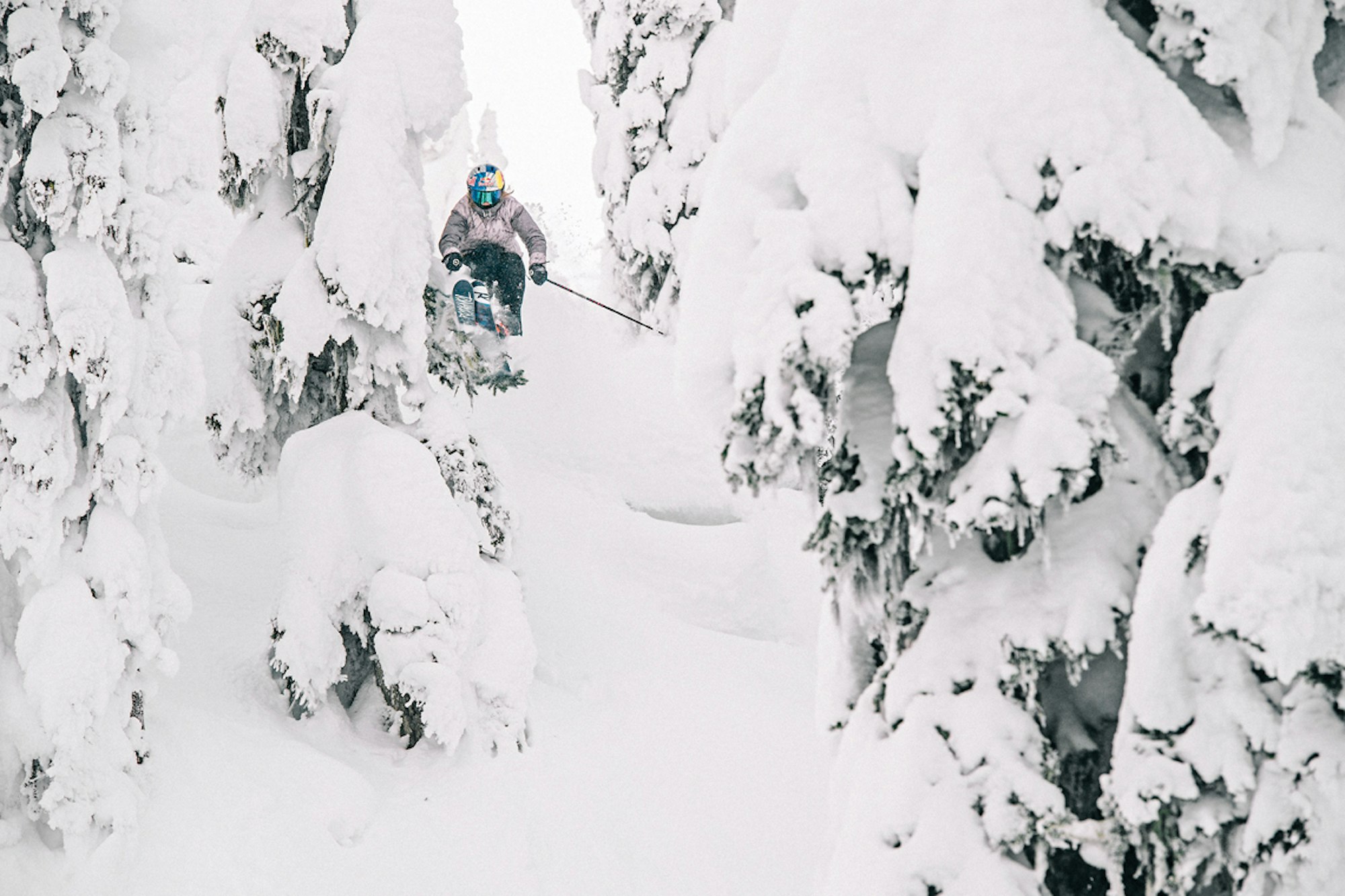
At the same time, Intriligator explains, all this neural tuning was done in the context of a sensory motor system — our bodies responding to the range of inputs (visions, sensations, feelings) upon which the learning occurred. So, these particularly shaped neural landscapes arose within the context of our bodies performing in task-oriented ways. This means that there are several “recoveries” that have to happen when a body is damaged. First, the physical healing must take place. In synchrony with this, the neural landscapes will need to be reshaped to adapt to the new range of sensory-motor inputs available at each stage of physical recovery. As Intriligator puts it, “Our brains will be forced to re-learn, re-adapt, re-shape and re-configure the neural processing required to again master the required information processing. What does this mean in the context of a recovering athlete/expert? It means that their brains will get the blessing and curse of having to re-shape their neural landscape. The neural networks will need to be re-trained. They will go back to the beginners-mind and have to explore new and different ways of processing incoming (sensory) and outgoing (motor) actions. It is through this re-learning that sometimes newer, more efficient and more robust patterns of processing may be discovered.” Moreover, because the physical healing happens over extended lengths of time, in some sense the brain needs to re-learn (reshape the neural landscape) continuously over the period of healing. “It is as if a violinist is needing to learn to play a slightly different violin each day. Being exposed to this (bodily imposed) new wide range of violins (physical inputs/outputs) can sometimes lead to new levels of neural and physical mastery.”
Fortunately, my hamstring surgery was successful. But recovery depends as much, if not more, on successful physical therapy. This is where the mind-body re-learning, adapting and reshaping of the neural landscape mostly occurs. On the importance of physical therapy, Michelle Parker recalls: “Every single time that I underwent physical therapy it was like reliving the most pain that I’d ever gone through. Scott Gaffney [of MSP Films fame] had a similar injury as me at [one point]. We both did our medial patellofemoral ligament, which were ligaments I’d never even heard about until we both blew ‘em, but we would go into physical therapy together, three times a week for months on end, and we’d both be going through this agonizing pain to the point where he would have to pin my hips to the table and I would not be able to control the things that came out of my mouth, as far as screaming, while my physical therapist was trying to bend my knee. It was a hard recovery. Through that process, I learned how to be mentally tough, I think. I would spend six hours a day in the physical therapy unit working so hard just to get my muscles back. That surgery kept me away from skiing for one and a half winters. When I came back, I felt 100 percent.” Chances are, given what we know about the power of the comeback, from expert-mind through beginner-mind and back to a re-shaped expert-mind, Parker was probably at more than 100 percent if you count the other areas of her neural landscape that she had to cultivate to come back. Winner of Best Female Performance at the 2014 iF3, Tatum Monod, 26, who is currently recovering from ACL, MCL and meniscus tears, explains, “I am in the gym every day, especially since my knee injury. That really made me realize that strength can be a huge component to injury prevention.” As far as my own story goes, I feel like I’m back more than 100 percent, since, like Monod, I now workout every day. According to what I want to call the “law of comeback power,” coming back better, often in surprising ways, is an achievable reality available to everyone willing to work for it.

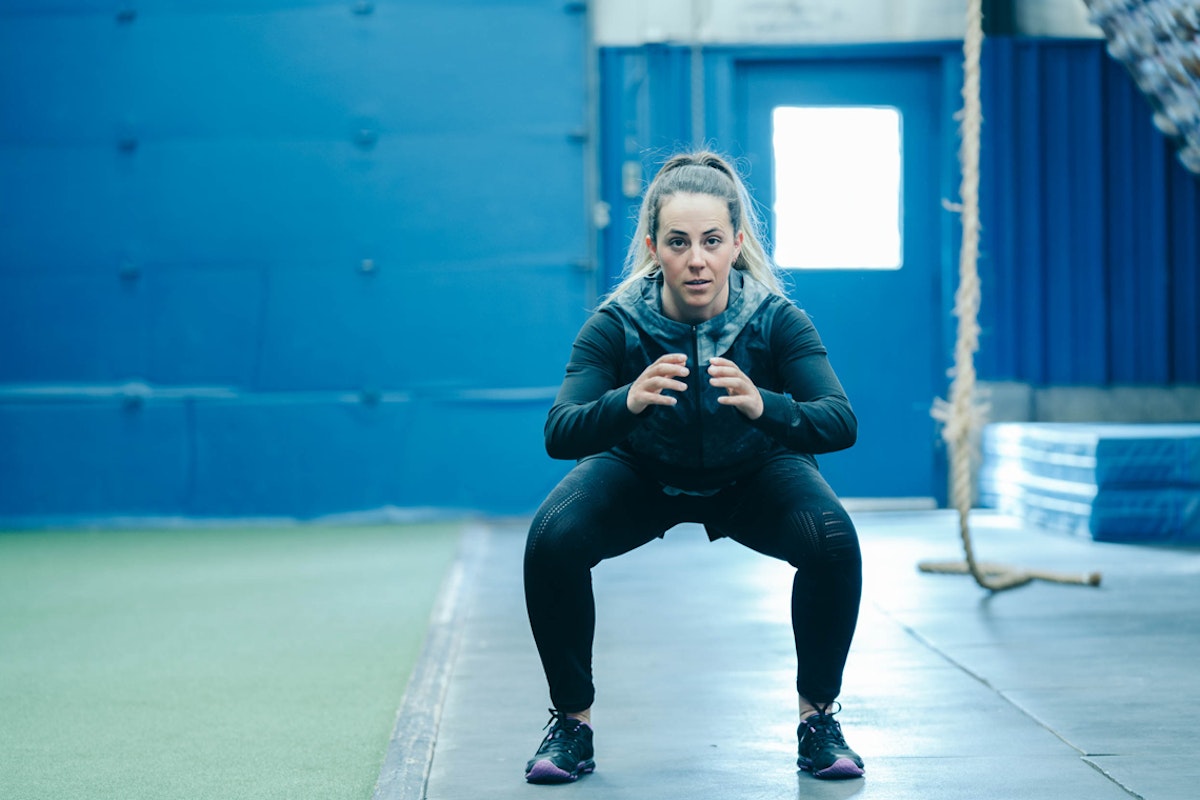

![[GIVEAWAY] Win a 4-Night Karma Campervan Rental and go Ski the Powder Highway](https://www.datocms-assets.com/163516/1767816935-copy-of-dji_0608-1.jpg?w=200&h=200&fit=crop)
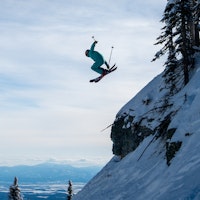

![[GIVEAWAY] Win a Legendary Ski Trip with Icelantic's Road to the Rocks](https://www.datocms-assets.com/163516/1765233064-r2r26_freeskier_leaderboard1.jpg?auto=format&w=400&h=300&fit=crop&crop=faces,entropy)
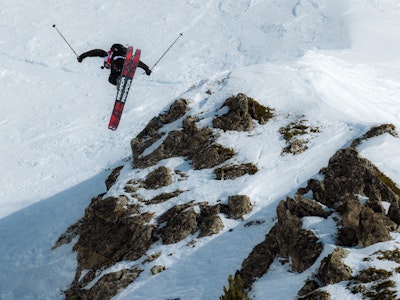
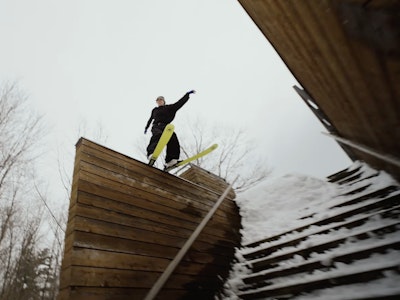
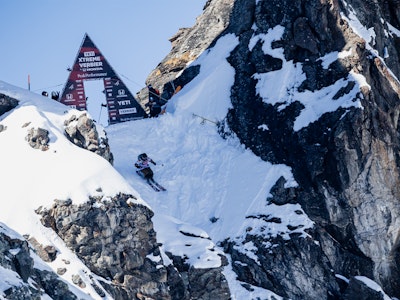
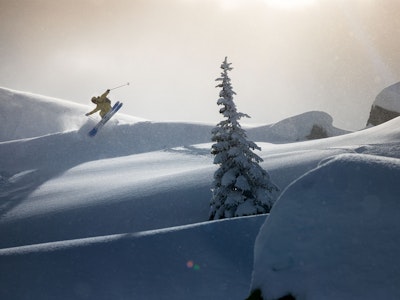


![[GIVEAWAY] Win a 4-Night Karma Campervan Rental and go Ski the Powder Highway](https://www.datocms-assets.com/163516/1767816935-copy-of-dji_0608-1.jpg?auto=format&w=400&h=300&fit=crop&crop=faces,entropy)
